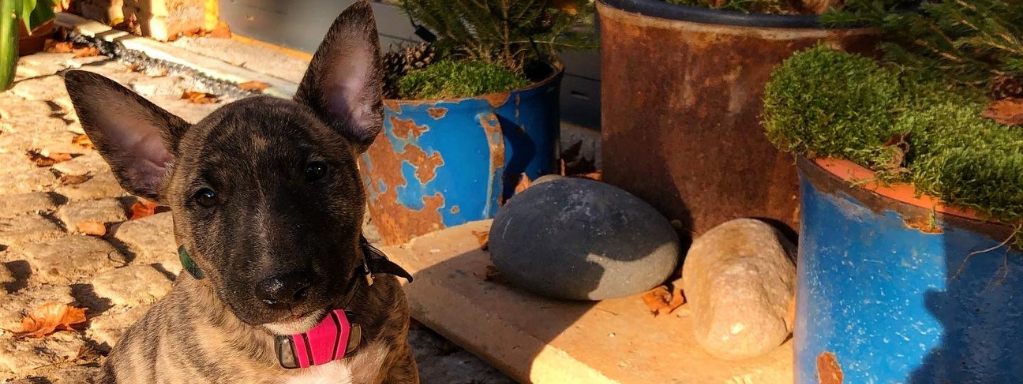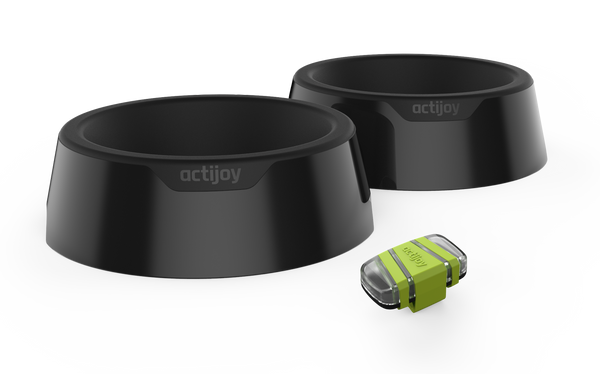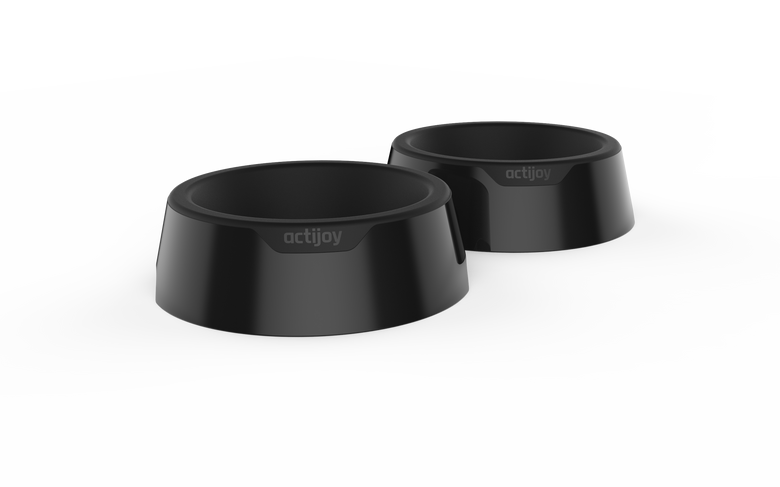6 Tips for Keeping Your Dog Safe in Autumn and Winter
The changing of the seasons brings new challenges for dog owners. Read our tips on how to keep your dog safe and healthy.

The days grow shorter, and you should make specific considerations for your dog's health and well-being. Listed here are several tips for keeping your dog safe in Autumn and Winter.
Maintain Visibility

The first sign that summer is ending is less daylight. When you take your dog for an evening walk, make sure you can maintain your pet's visibility at all times. If you walk your dog off-leash, invest in an LED collar or the Health & Activity Tracker that provides extra visibility in low-light conditions and controls your dog's daily exercise amount at the same time.
The fall season is perfect for hiking. Walking during this time can be joyful both for you and your doggy. Besides, regular physical activity boosts the immune system, so pay attention to regular walks and have enough daily activity. Thanks to the Tracker, you can monitor activity and reach daily goals "dogether"!
Avoid Piles of Leaves

Although it can be tempting to encourage your dog to romp in a freshly raked pile of leaves, avoid the urge. Leaf piles can contain dangerous and hidden objects, such as pointed sticks or a wayward rake. However, the risk is minimal if you freshly rake the pile of leaves just for your pup.
Beware of Rodenticides
As the weather grows colder, rodents such as rats and mice seek shelter indoors. The consequence is that more homeowners set out rat poison to control the population of these pests. However, rodenticides are one of the leading pet poisons. If you develop a rodent problem in your house, consult a specialist about solutions that are safe for your pets.
Keep Mushrooms Off-Limits
Mushrooms tend to bloom as the weather cools. While most mushrooms are relatively safe for dogs, the small percentage that is not can cause serious health problems, including death. Teach your dog the “leave it” and “drop it” commands while also encouraging them to avoid mushrooms during walks and in the yard.
Keep Antifreeze Out of Their Reach
Antifreeze is a highly toxic chemical, which is, unfortunately, one of the most common reasons for pet poisoning. Be aware that pets enjoy the taste of antifreeze, and they do not have to drink too much to be poisoned. The dangerous amount for a cat is only as little as one tablespoon, and for a medium-sized dog, around five. So if you spill antifreeze and your cat or dog walks through it and licks their paws, they can digest enough antifreeze to be at risk of acute kidney failure and death.
Symptoms of antifreeze poisoning include:
- Seizures
- Depression
- Increased water intake
- Vomiting
- Difficulty breathing
- Uncoordinated behavior
If you spot any of the signs, contact your vet without any delay. The earlier the treatment starts, the greater chance to survive your pet has.
Know the Dangers of Holiday Treats

For many people, Fall and Winter mean special holiday treats, especially during Halloween, Thanksgiving, and Christmas. However, many of these treats contain ingredients that are toxic to dogs. Every year, thousands of pets wind up at the veterinarian’s office because they snuck chocolate out of a child’s trick-or-treat bag, or stole a fruitcake from the kitchen counter. The most common holiday pet poisons include:
- Chocolate
- Alcohol
- Raisins
- Xylitol
- Liquid Potpourri
- Mistletoe
- Macadamia Nuts
Know the symptoms of poisoning, which commonly include vomiting, diarrhea, excessive drooling, excessive panting, and lethargy. When in doubt, seek medical attention as some poisons (such as xylitol) can kill pets within hours of ingestion.
Even though the changing seasons can bring new risks for pets, many potential disasters are preventable with proper preparation and due diligence.
If you are interested in learning more about dog care & health. Subscribe to our blog! Learn more about Pet First Aid: What To Do If Your Dog Eats Something Poisonous.




